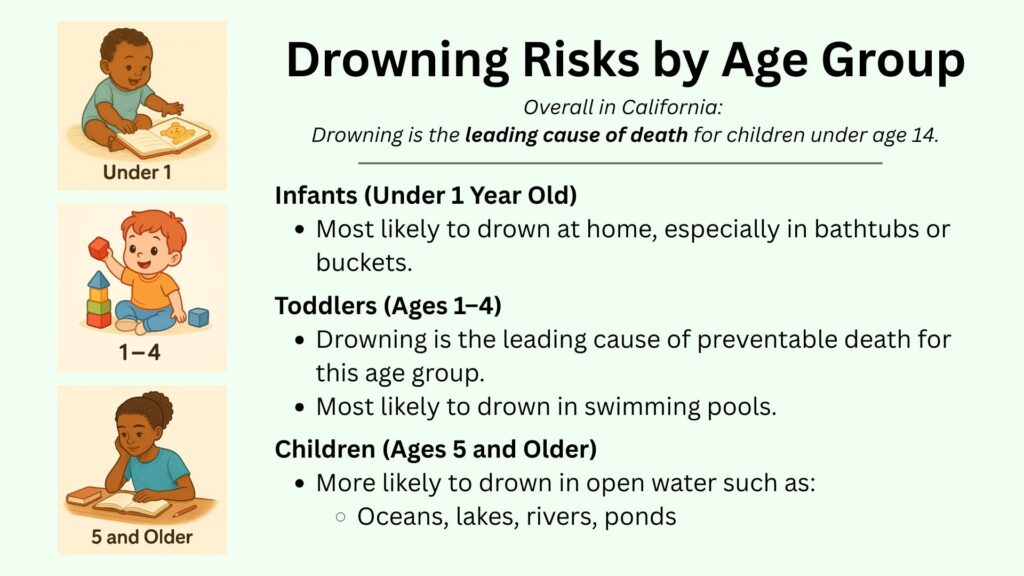Drowning Dangers: Unintentional Injuries in Our Communities
Drowning is a leading cause of unintentional injury-related death among children and adolescents. Often quick and silent, these incidents can happen in seconds—whether at pools, lakes, beaches, or even bathtubs. In California drowning is a leading cause of death for children.
In San Diego County, where water access is abundant through pools, beaches, and bays, drowning remains a significant public health concern. According to the County of San Diego, drowning remains a leading cause of injury-related death among children under age 5, with emergency departments also reporting numerous near-drowning incidents during the summer months.
Startling Stats:
- Approximately 4,000 people die from unintentional drowning in the U.S. annually—about 11 per day.
- For every child who dies from drowning, another 7 are treated in emergency departments for nonfatal drowning.
- Most drownings involving children ages 1–4 occur in home swimming pools.
- Among teens, natural water settings like oceans, lakes, and rivers pose the greatest drowning risks.
- In San Diego, drowning-related injuries increase during summer, with young children and teens at highest risk.

Water Safety: Silent Risks & Lifesaving Awareness
Water can be fun, refreshing, and part of a healthy lifestyle—but it also demands respect and caution. Unlike what we see in movies, drowning is often silent—no splashing, no shouting. Young children can slip under water in seconds, while older youth may overestimate their abilities or underestimate conditions. Factors like lack of supervision, missing barriers, or limited swim skills all increase risk. The good news: with proper education, supervision, and preventive action, drowning is 100% preventable. Let’s stay alert, informed, and safe around water.
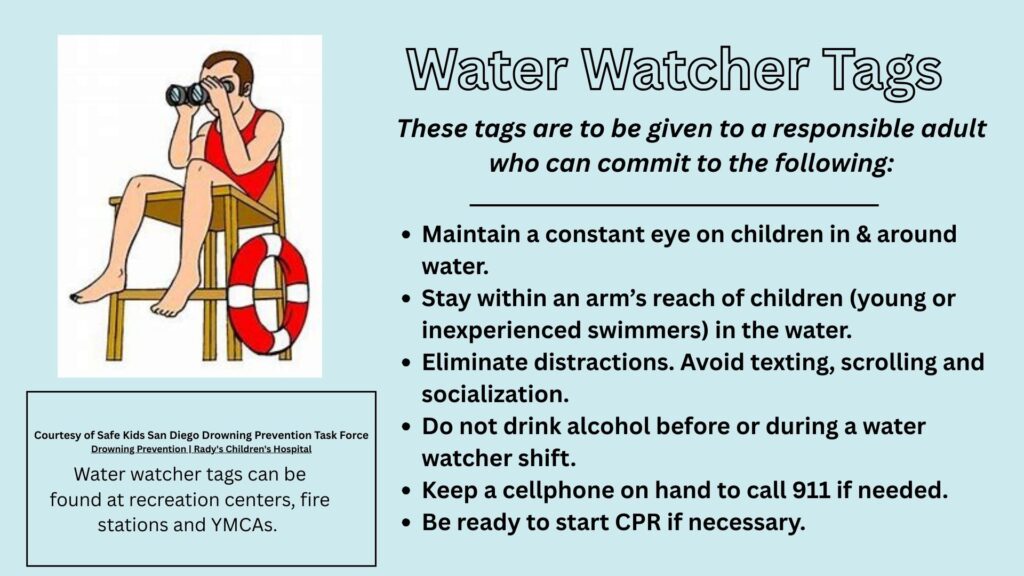
Always Practice Active Supervision Around Water
Drowning can happen silently and in seconds—especially for young children. That’s why it’s critical to always watch children closely when they’re near water. Designate a responsible, focused adult as a “Water Watcher”—someone who isn’t distracted by phones, conversations, or other tasks. This simple step helps ensure children are continuously and actively supervised, reducing the risk of tragedy.
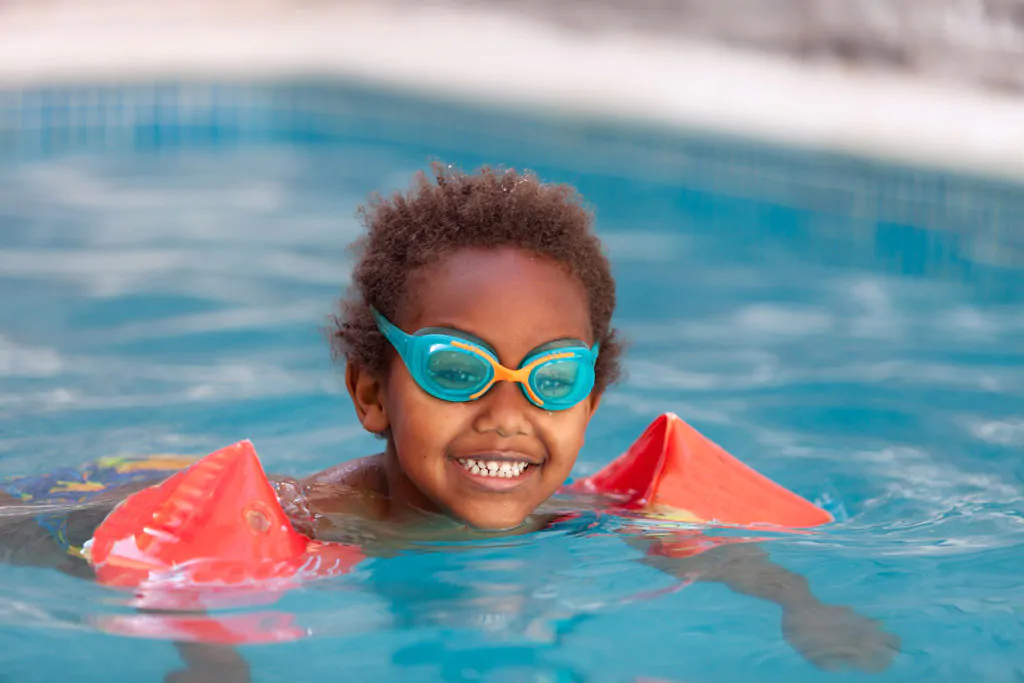
Teach Kids to Swim & Respect Water
Teaching children to swim and understand water safety is one of the most effective ways to prevent drowning. Swim lessons not only build confidence but significantly reduce the risk of drowning. It’s also essential to educate children about water risks—especially in open water, where conditions can be unpredictable. Giving kids the knowledge and skills they need helps them stay safe and enjoy the water responsibly.

Learn CPR
Learn CPR and emergency response. Why? In a drowning situation, every second counts. Bystander CPR can significantly increase a child’s chance of survival until emergency responders arrive.
Install & Maintain Pool Barriers
Proper pool barriers are a critical layer of protection. Four-sided isolation fencing with self-latching gates can reduce the risk of childhood drowning by up to 83%. These barriers help prevent unsupervised access to the pool, adding valuable time for adults to respond and keeping children safe around water.
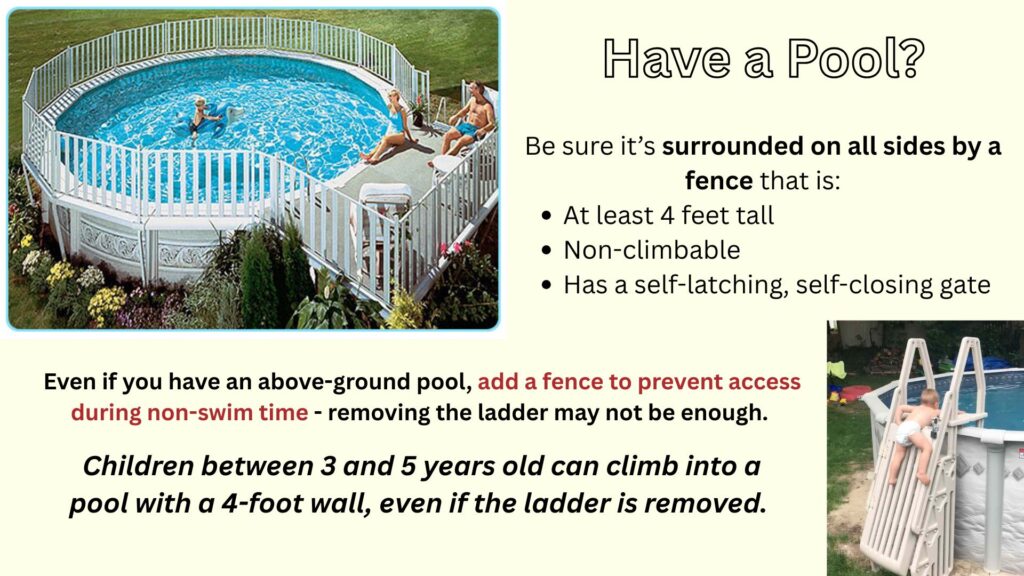
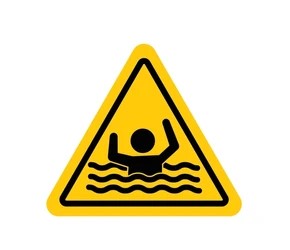
Drowning is Preventable:
With awareness, preparation, and supervision, unintentional drownings can be dramatically reduced. Every second counts—every life matters. Let’s work together to keep San Diego’s kids safe around water!
Children should always be closely supervised by an adult when in or near any source of water. Even just one or two inches of water can be enough to cause drowning. Common water hazards include:
- Bathtubs (even when using baby bath seats or support devices)
- Buckets and pails—especially large 5-gallon or diaper pails
- Toilets
- Backyard kiddie pools, ponds, and decorative fountains
- Swimming pools, hot tubs, spas, and whirlpools
- Irrigation ditches, post holes, and uncovered wells
